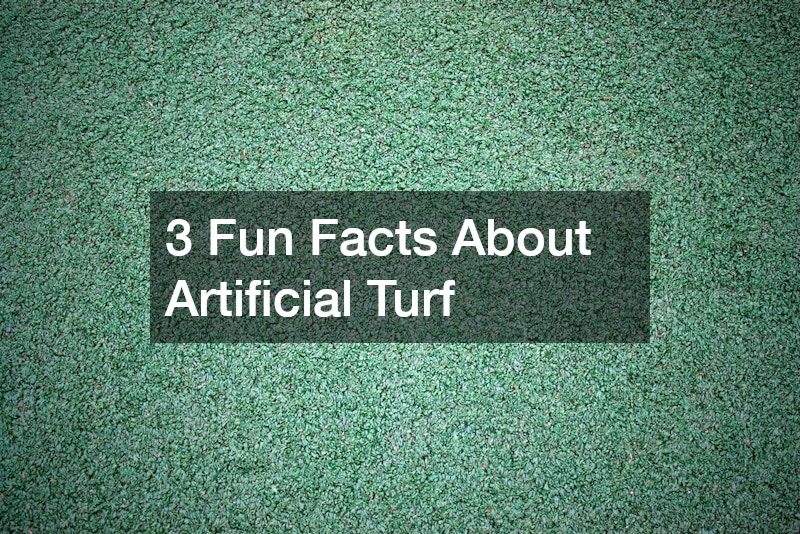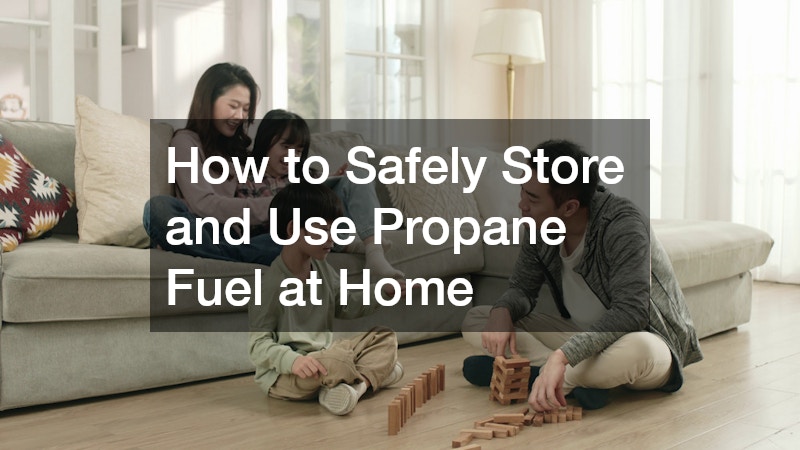Artificial turf has grown in popularity for residential lawns, sports fields, playgrounds, and even commercial landscapes. Known for its durability and low maintenance, it provides a green, lush appearance all year long. But beyond its surface appeal, there are fascinating details about how turf is made, how long it lasts, and the benefits it brings.
This article explores three fun facts about artificial turf that answer some of the most common questions about this versatile and increasingly popular surface.
1. What is Artificial Turf Made Of?
The Composition of Artificial Turf
At its core, artificial turf is made from synthetic materials such as polyethylene, polypropylene, and nylon. These plastics are carefully manufactured into grass-like fibers that mimic the appearance of natural grass blades. The fibers are stitched into a backing material, which provides structure and stability. An infill material, often composed of sand, rubber, or a mix of both, is then spread across the turf to help the blades stand upright and cushion foot traffic.
Environmental Considerations
Today’s artificial turf manufacturers often focus on eco-friendly practices. Some brands use recycled materials in both the fibers and infill, while others design turf systems that are recyclable at the end of their life cycle. By eliminating the need for fertilizers, pesticides, and frequent mowing, artificial turf also reduces carbon emissions and harmful chemical runoff into the environment.
Safety and Health Aspects
Early versions of artificial turf sometimes raised concerns about safety, especially on sports fields. However, modern turf systems are engineered to provide shock absorption, reduce the risk of injuries, and remain cooler than older models. Innovations in infill materials, including organic and non-toxic options, make turf safer for children, pets, and athletes.
Understanding Different Types
Artificial turf comes in different grades and styles, tailored for specific uses. For example, sports fields require durable, shock-absorbent turf, while residential lawns benefit from softer, more natural-looking fibers. Playgrounds and pet areas often use turf with specialized drainage systems. This versatility makes turf a customizable option for many settings.
2. How Long Does Artificial Turf Last?
Factors Influencing Durability
The lifespan of artificial turf depends on several factors, including the quality of the materials, frequency of use, and exposure to the elements. High-traffic areas, such as sports fields, may experience faster wear, while residential lawns generally last longer with moderate use.
Maintenance Tips for Longevity
Although artificial turf requires less care than natural grass, regular maintenance helps extend its life. Brushing the turf fibers, removing debris, and rinsing it with water occasionally prevents buildup and keeps it looking fresh. Ensuring proper drainage is also key to avoiding mold or bacteria growth.
Comparison with Natural Grass
Unlike natural grass, which requires constant watering, mowing, fertilizing, and reseeding, artificial turf retains its appearance with minimal effort. While the upfront cost may be higher, the long-term savings on water bills and maintenance equipment make turf a cost-effective investment.
Warranty and Turf Lifespan
Most high-quality artificial turf products come with warranties ranging from 8 to 15 years. In reality, many turf installations last 15 to 20 years when well-maintained. This makes it a durable option that significantly outperforms natural grass in terms of longevity.
Signs of Turf Wear and Tear
Over time, signs of aging may include flattened fibers, fading color, or infill displacement. These issues are generally cosmetic and can often be fixed with proper upkeep or minor repairs. Even in high-use settings, artificial turf maintains functionality long after natural grass would need complete replacement.
3. What are the Benefits of Artificial Turf?
Cost Savings Over Time
While the initial installation cost may seem steep, homeowners and facility managers save money in the long run. Reduced water bills, no need for lawn care services, and the elimination of fertilizers or pesticides make turf a budget-friendly choice over time.
Versatile Applications
Artificial turf isn’t just for lawns—it can be used on rooftops, patios, playgrounds, athletic fields, and commercial spaces. Its adaptability allows designers to create green spaces in locations where natural grass wouldn’t thrive.
Pet-Friendly Properties
Pet owners appreciate that turf is easy to clean and resistant to digging. Specialized turf systems with advanced drainage help prevent odors and ensure a safe, comfortable surface for pets.
Aesthetic and Recreational Advantages
Artificial turf maintains a vibrant green appearance throughout the year, regardless of weather conditions. Whether used for backyard gatherings, sports practices, or decorative landscaping, turf enhances curb appeal and provides a reliable recreational space.
Artificial turf offers numerous benefits and innovations that make it a practical choice for many settings, providing a durable and sustainable alternative to natural grass. From its advanced composition and eco-friendly features to its long lifespan and cost savings, turf continues to prove its value. Whether you’re interested in conserving water, creating a pet-friendly yard, or simply enjoying a lush lawn without the upkeep, artificial turf delivers a modern solution that combines beauty, convenience, and functionality.




